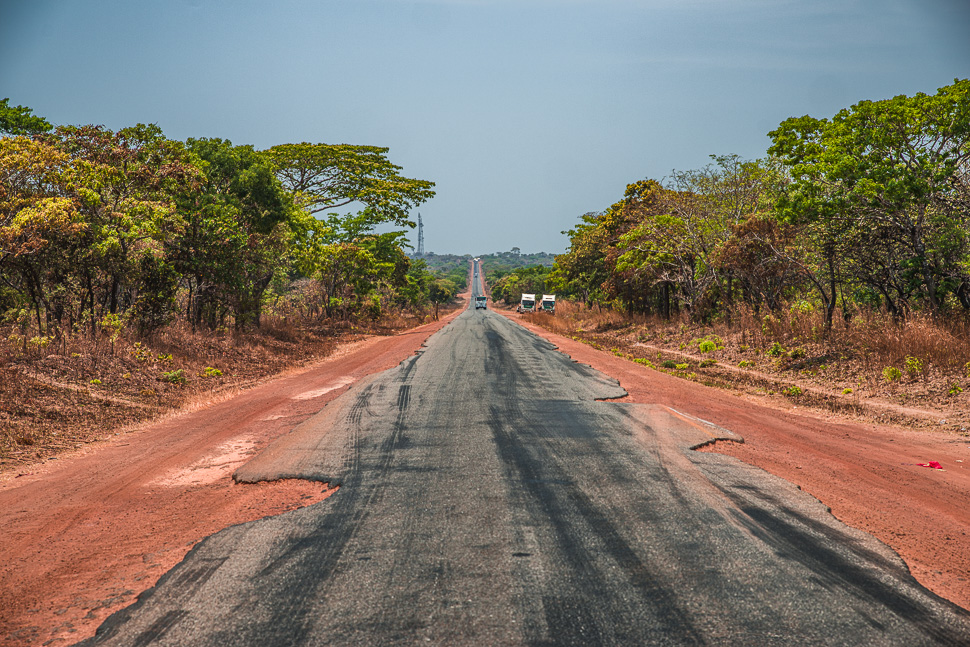
In Mkushi, we had tried to get our visa extended, but they told us it is too early. The next day, we stopped in Serenje to find out it was a holiday and the offices were closed. We continued north to the Kundalila Waterfalls. The next day we drove down to Serenje again and were finally successful: we got another month to explore Zambia. North of Serenje we took the D235 to Mansa, which will lead us to the north-west of Zambia with many waterfalls. Our first destination was the village where David Livingstone died in 1873.
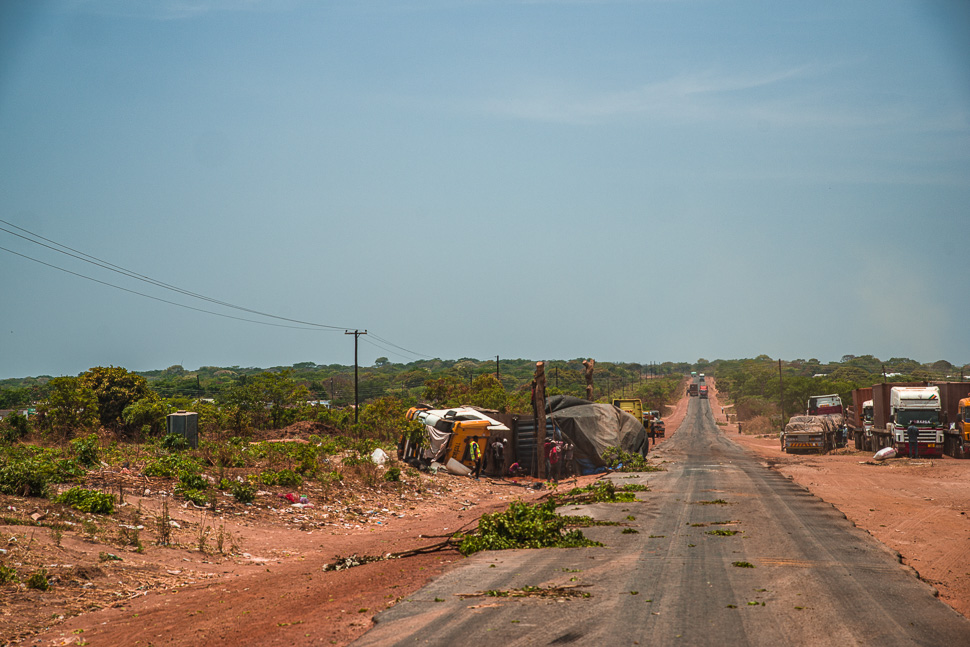
The Great North Road was in parts very dangerous and a challenge for all drivers. The tar is mostly just wide enough for 2 cars, but many potholes on the side make it too narrow to pass another car. The shoulder is 15 centimetres lower than the tar road, making dodging the pothole to the shoulder impossible. If there is a car, mostly trucks, coming and one of you has a pothole in front, it is either braking hard or going through the pothole, which are very deep. That explains the number of toppled over trucks along the road. We were happy we had made it up and down three times without an incident.
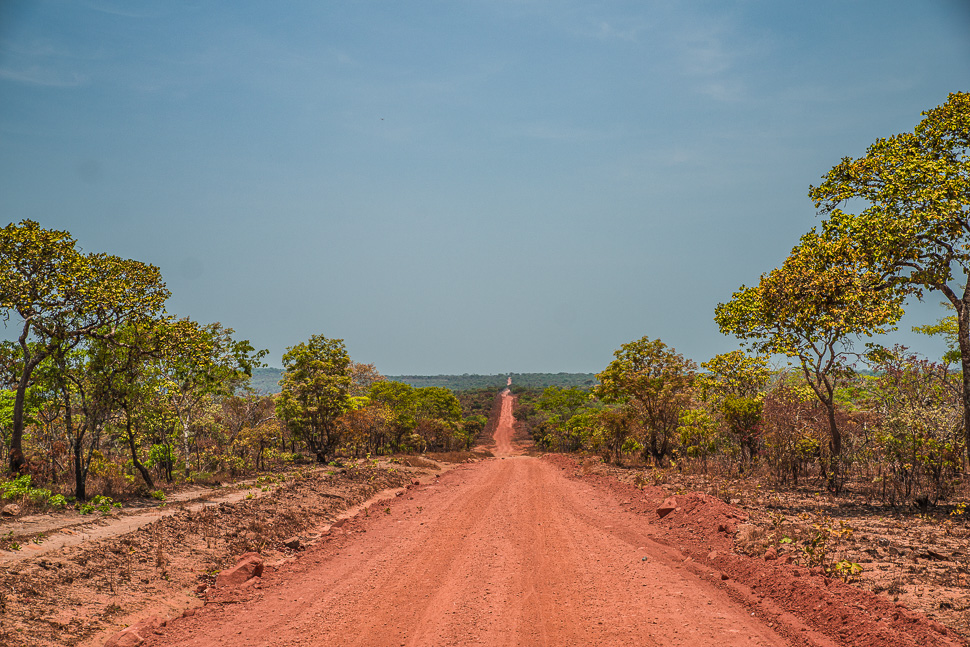
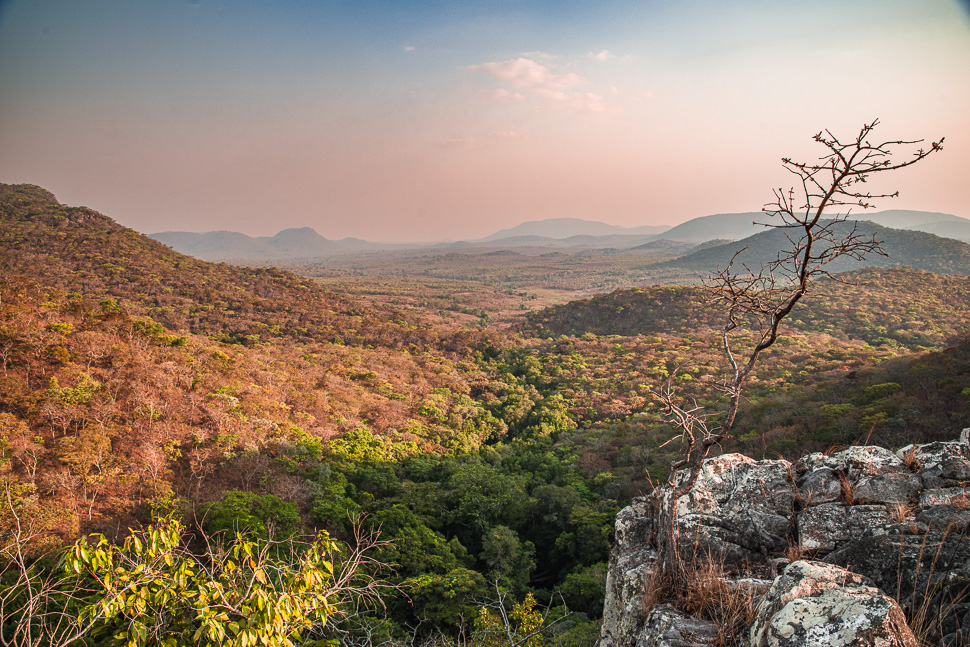
From top of the falls there are views over the Luangwa Valley which is part of the Albertine Rift, the western branch of the East African Rift.
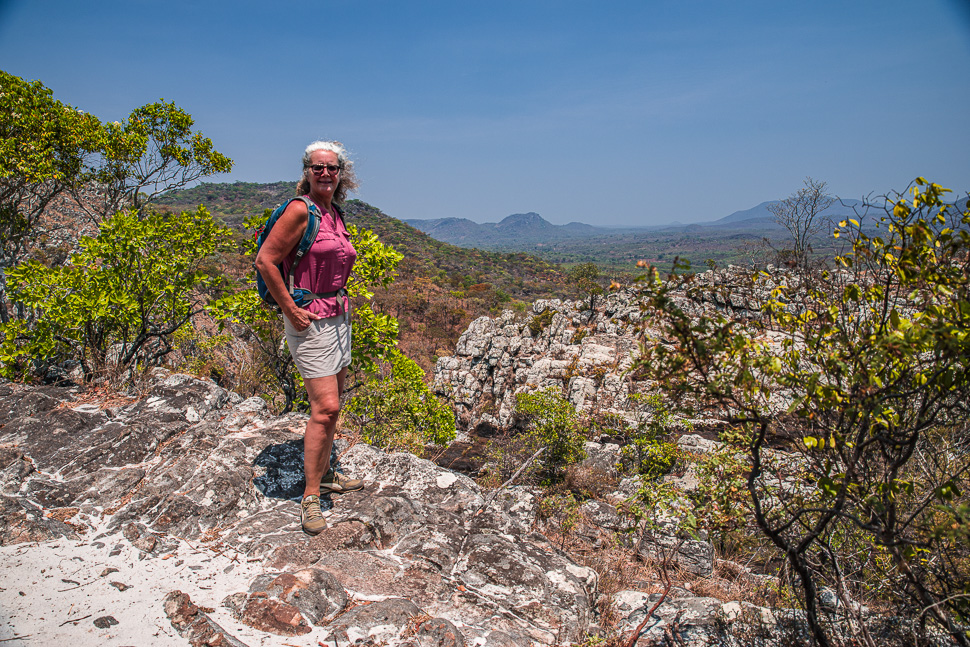
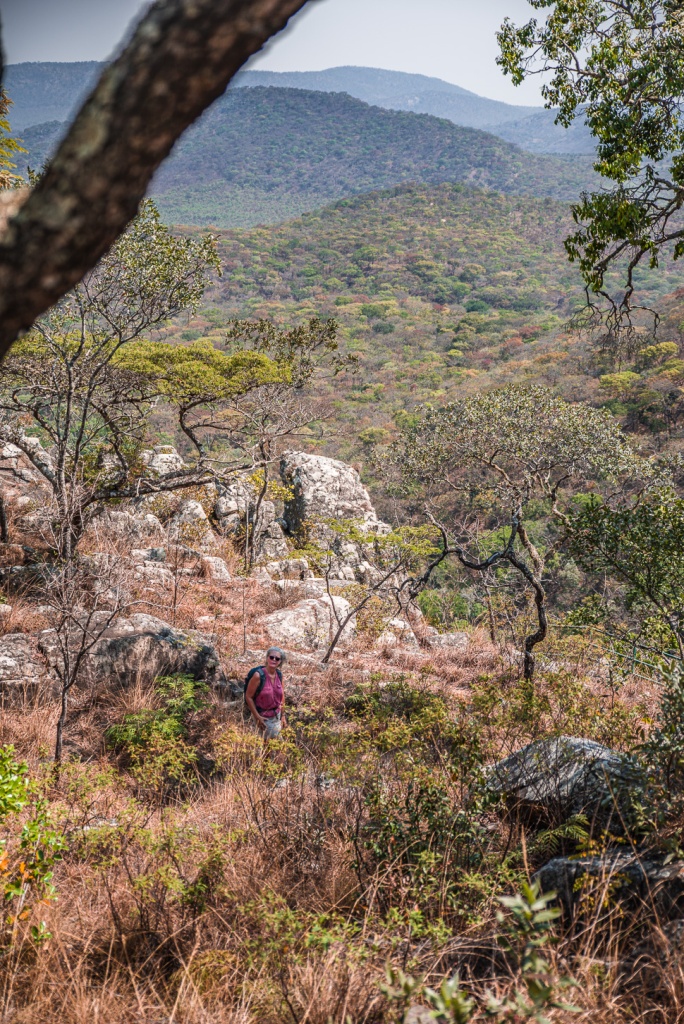
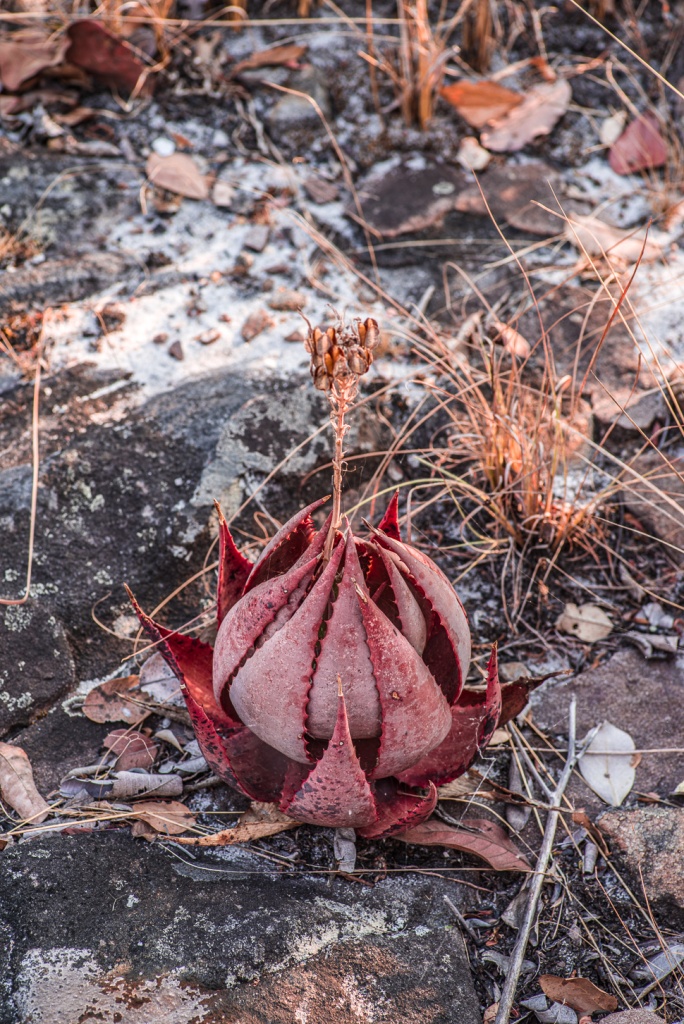
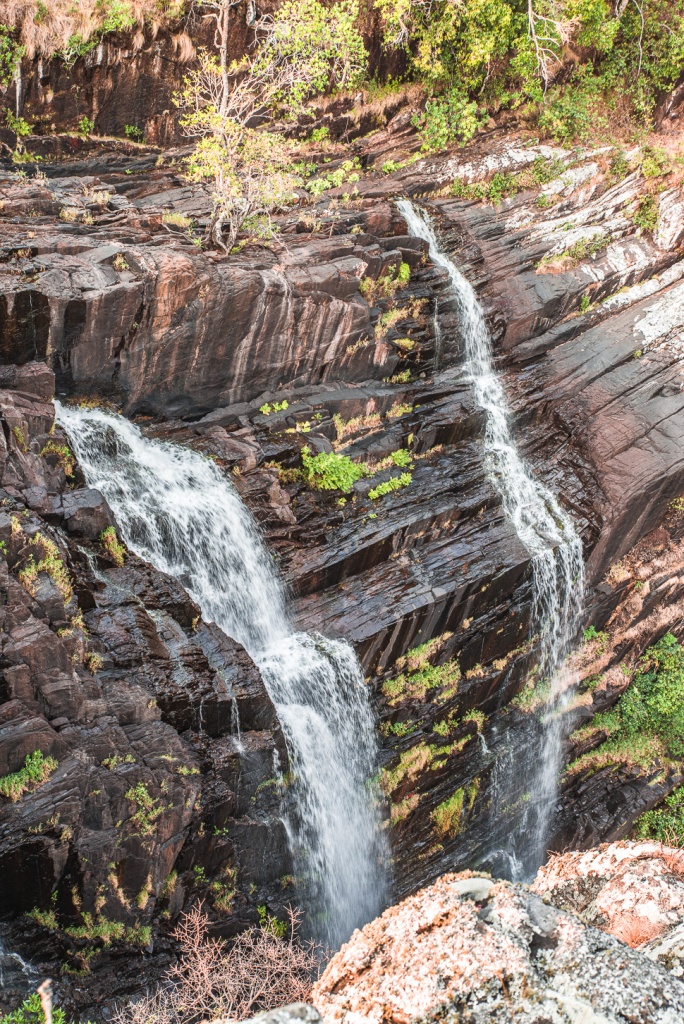
Kundalila Falls is a waterfall on the Kaombe River, where it falls over the lip of the Muchinga escarpment. The formation of the rocks, which are like plates at a right angle to the water flow, make this waterfall special. In multiple stages the Kaombe River drops approximately 80m from the escarpment. At the foot of the fall a natural deep pool looked enticing for a swim but the water was very cold.
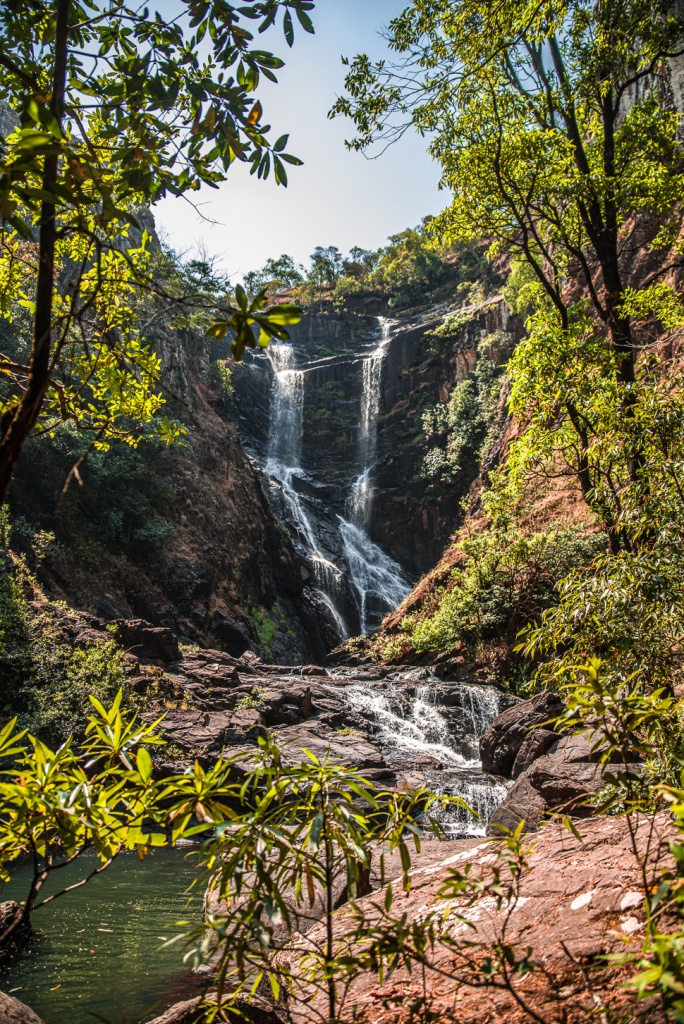
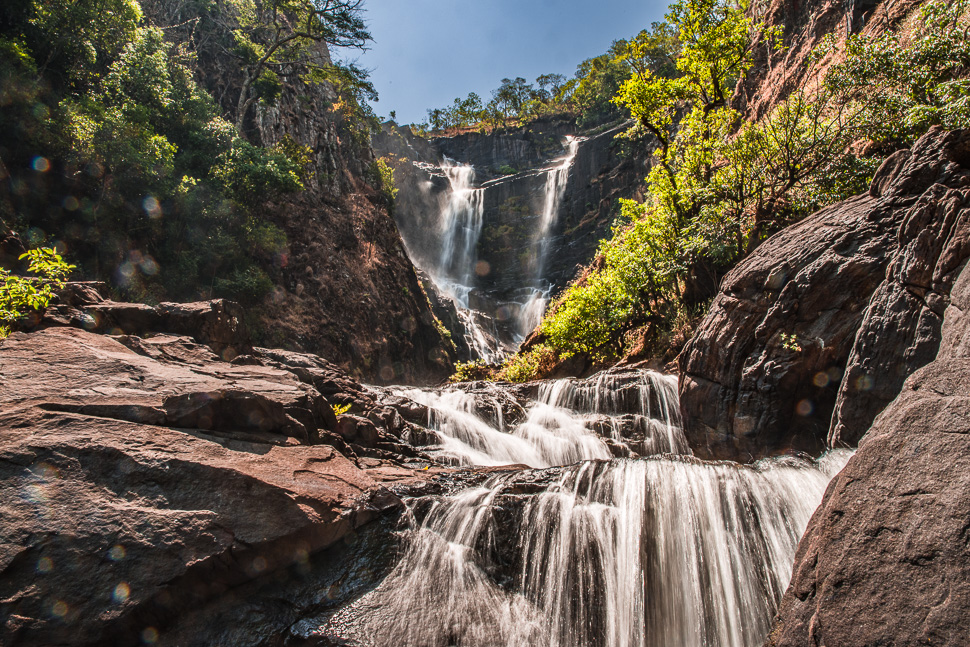
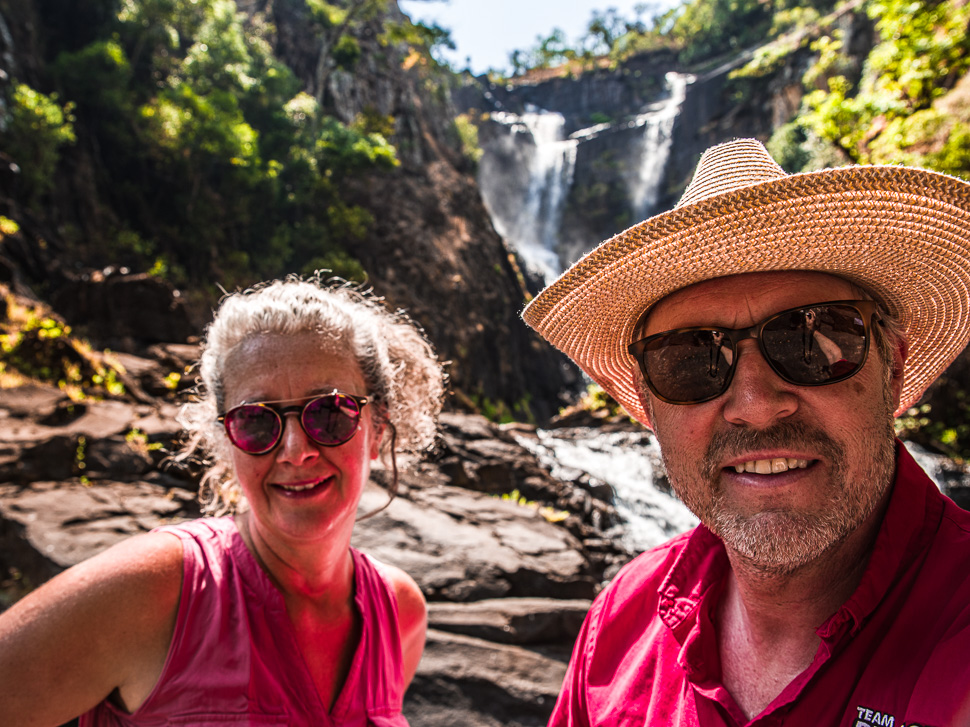
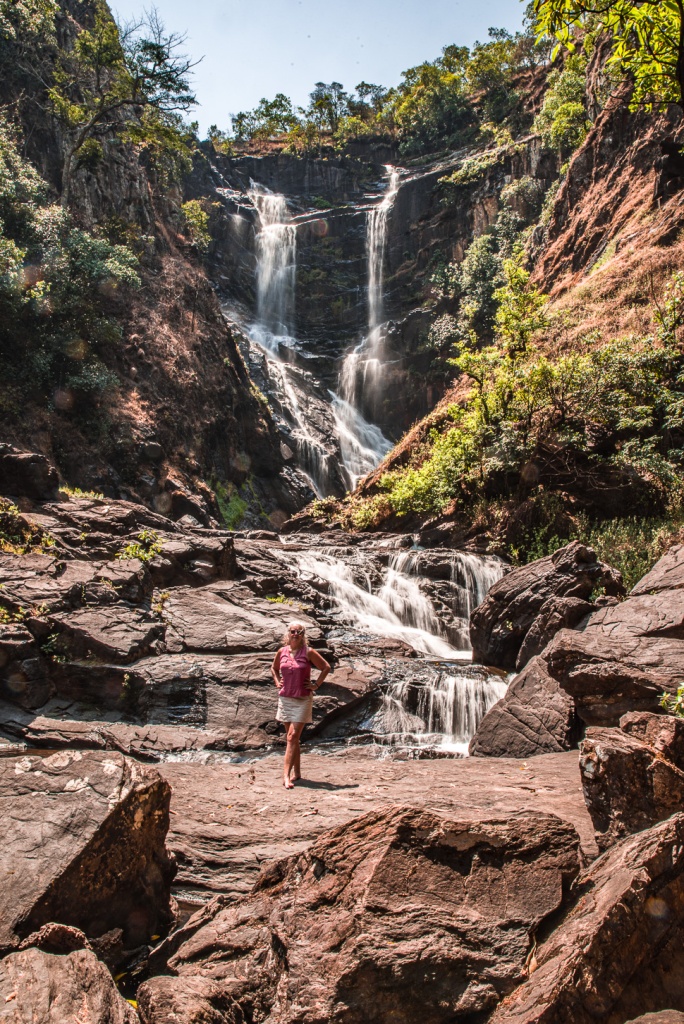
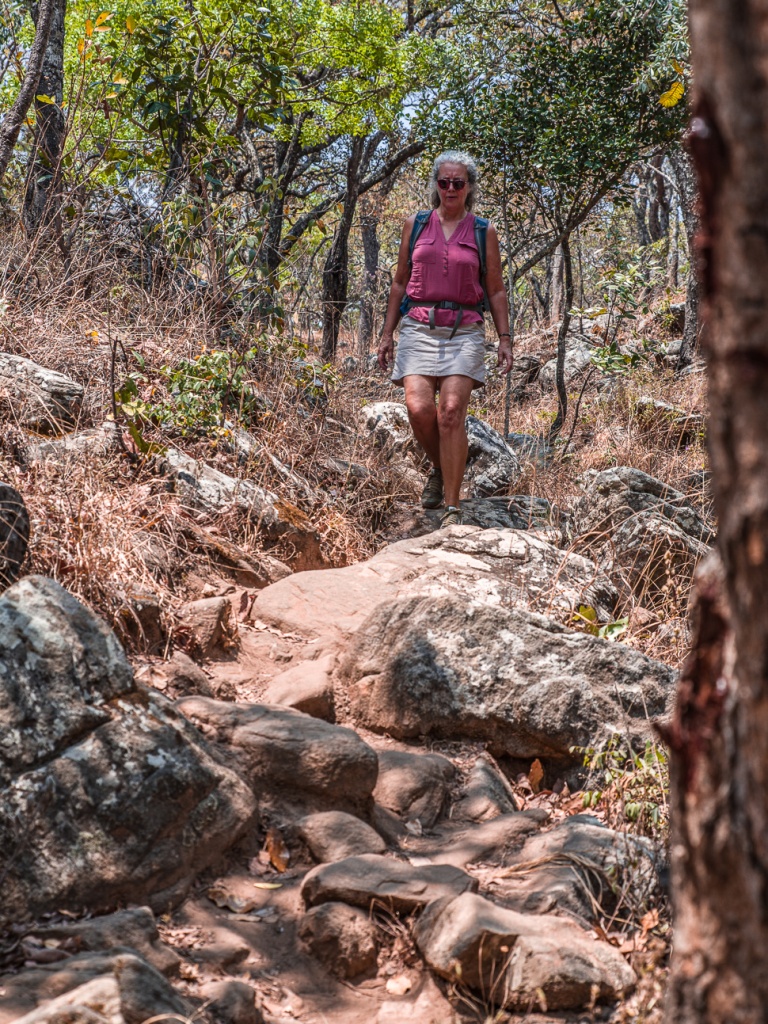
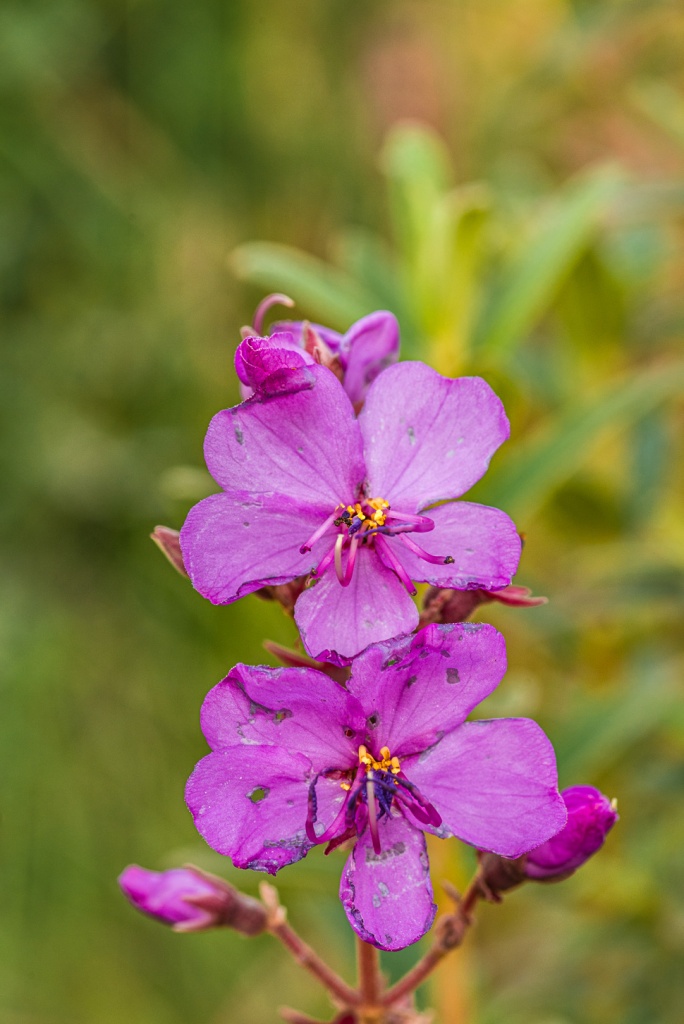
We had spent the night at the falls, and the next morning, we had to drive back to Serenje, to get our visa extension, a good hour drive along the T2 again.
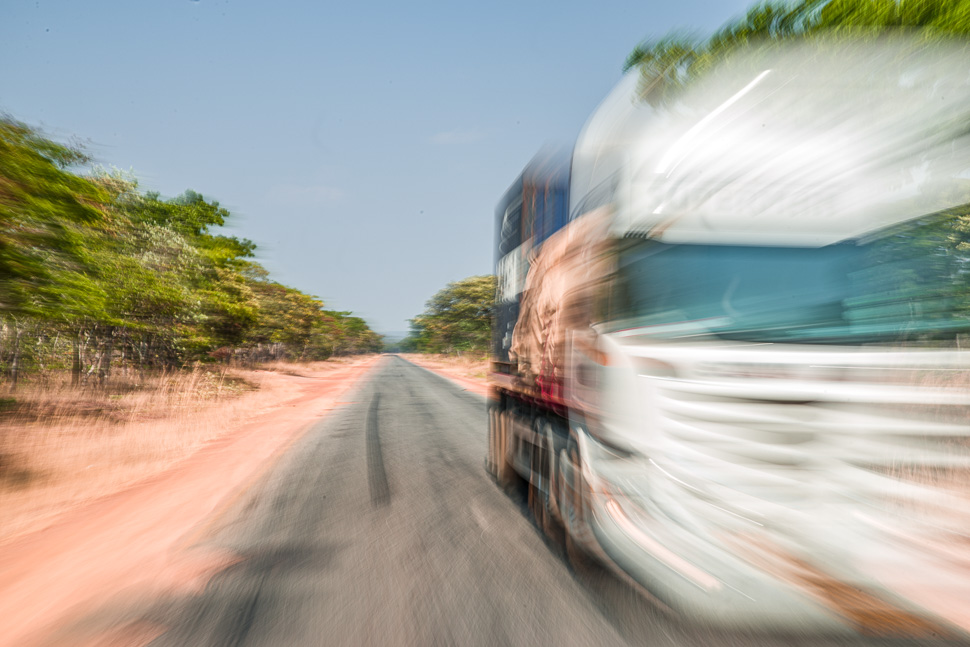
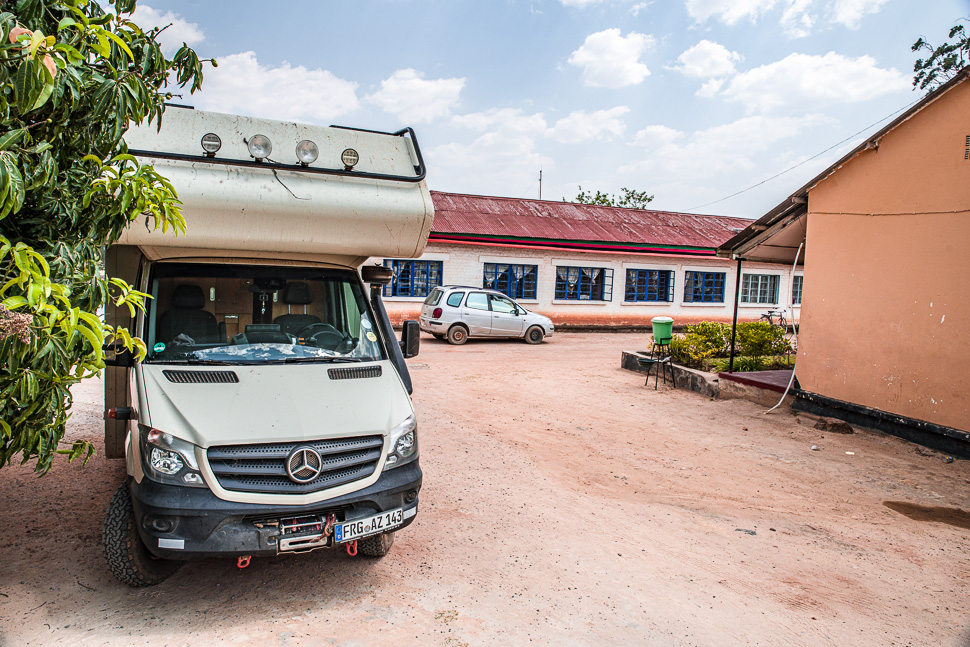
The Immigration Office was open and it was no problem to get the extension for another month. Before we left Serenje again, we discovered the market, where everything is sold what the locals could need. We found many vegetable stalls, where we bought tomatoes, onions, some green leaves – no idea what they are, and bananas.
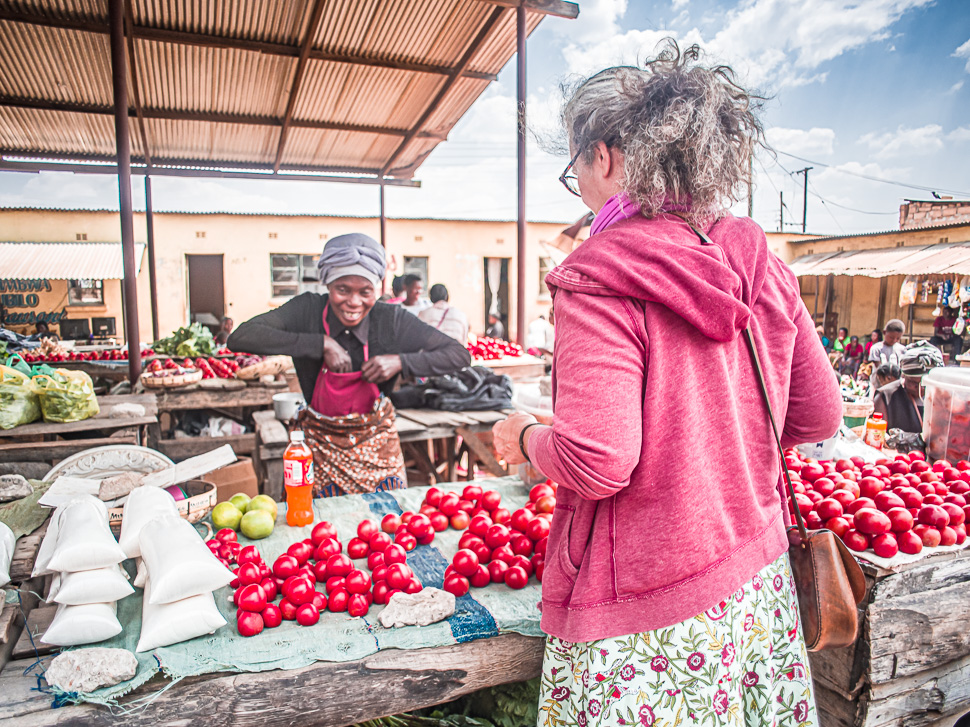
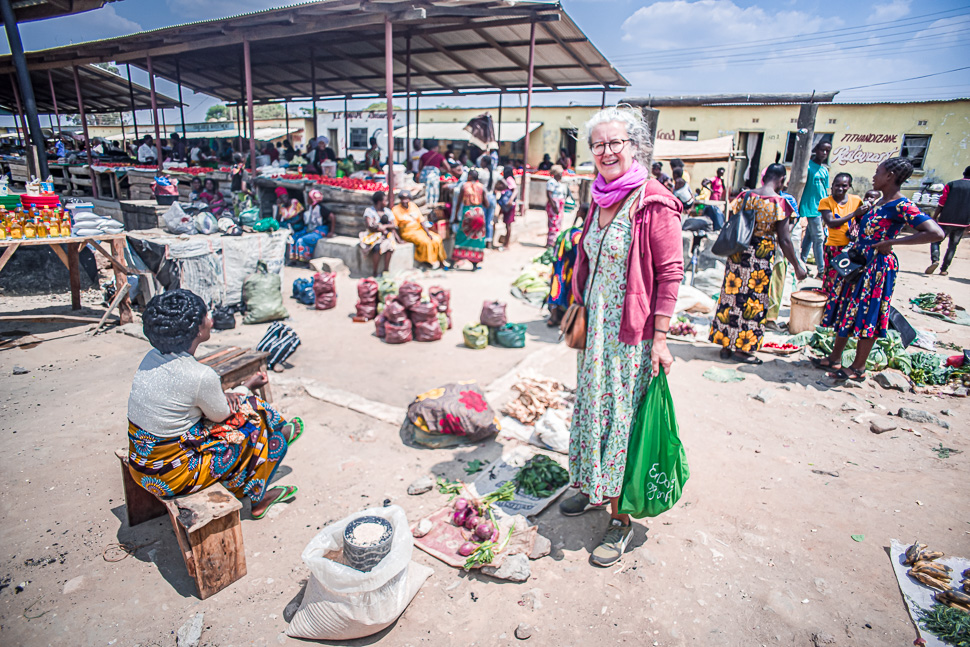
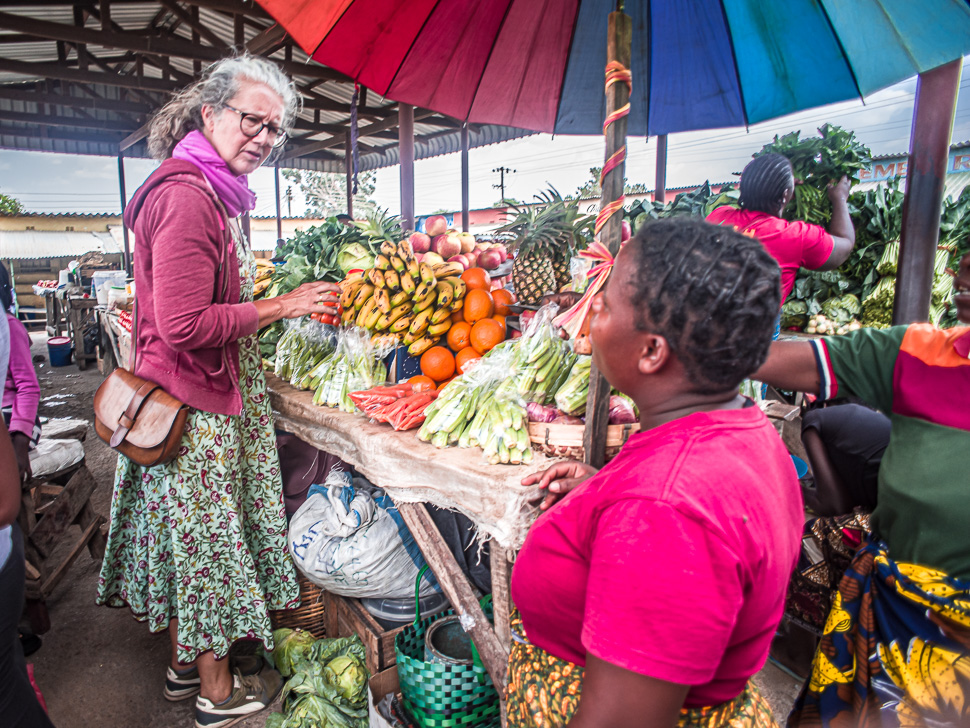
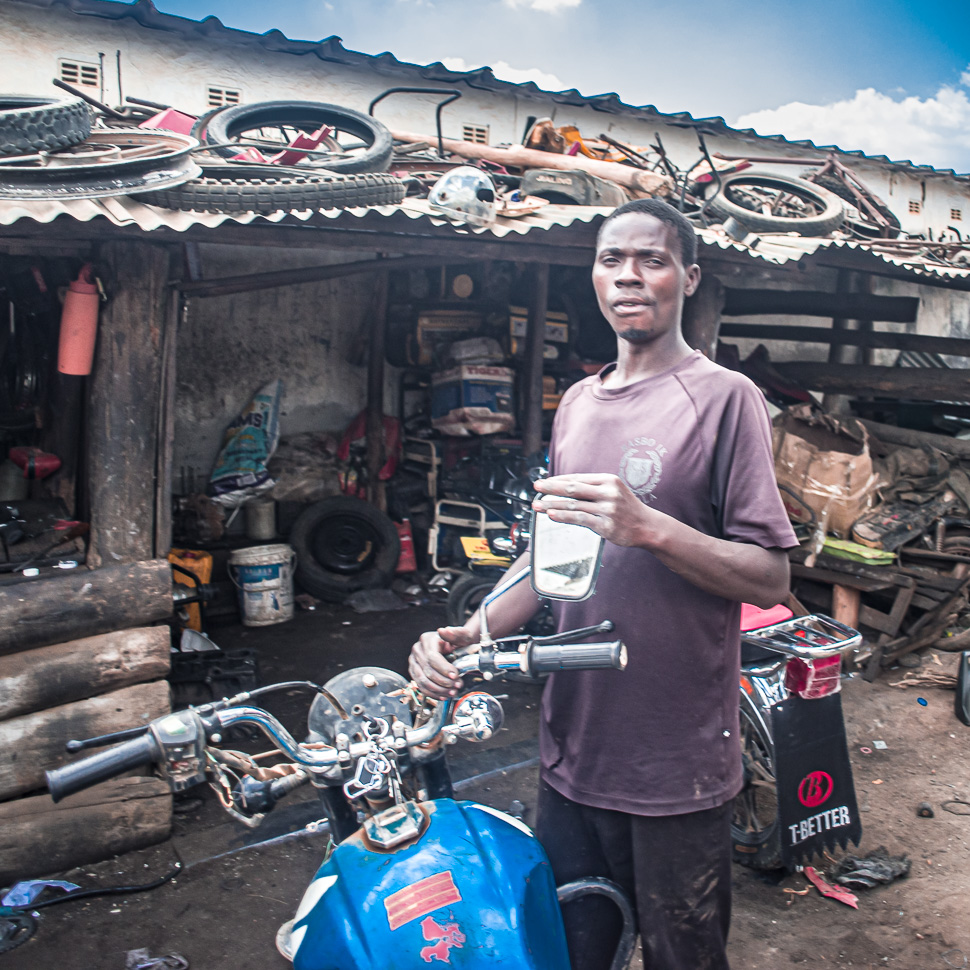
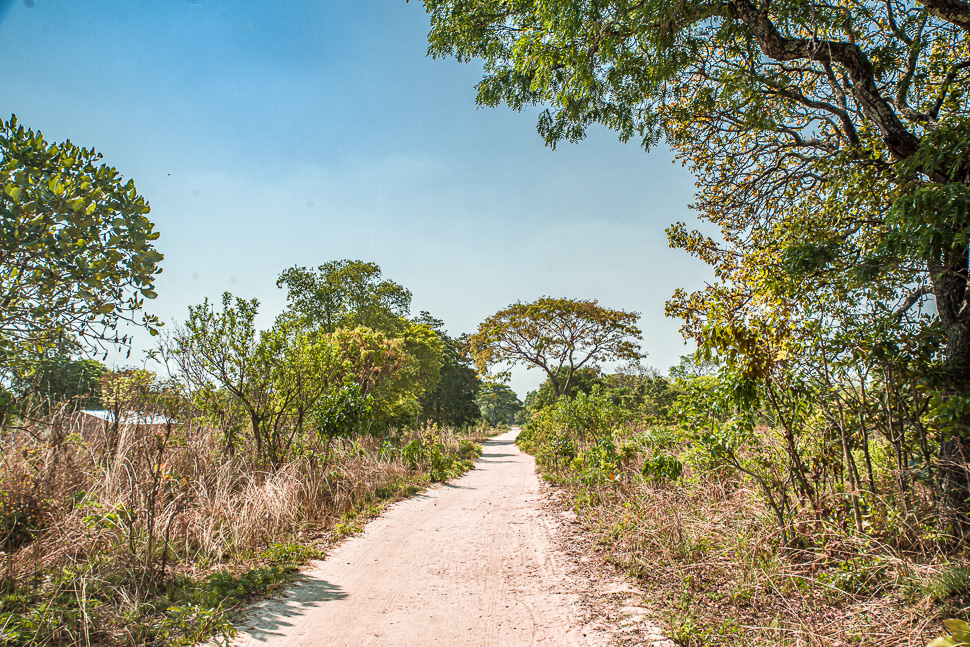
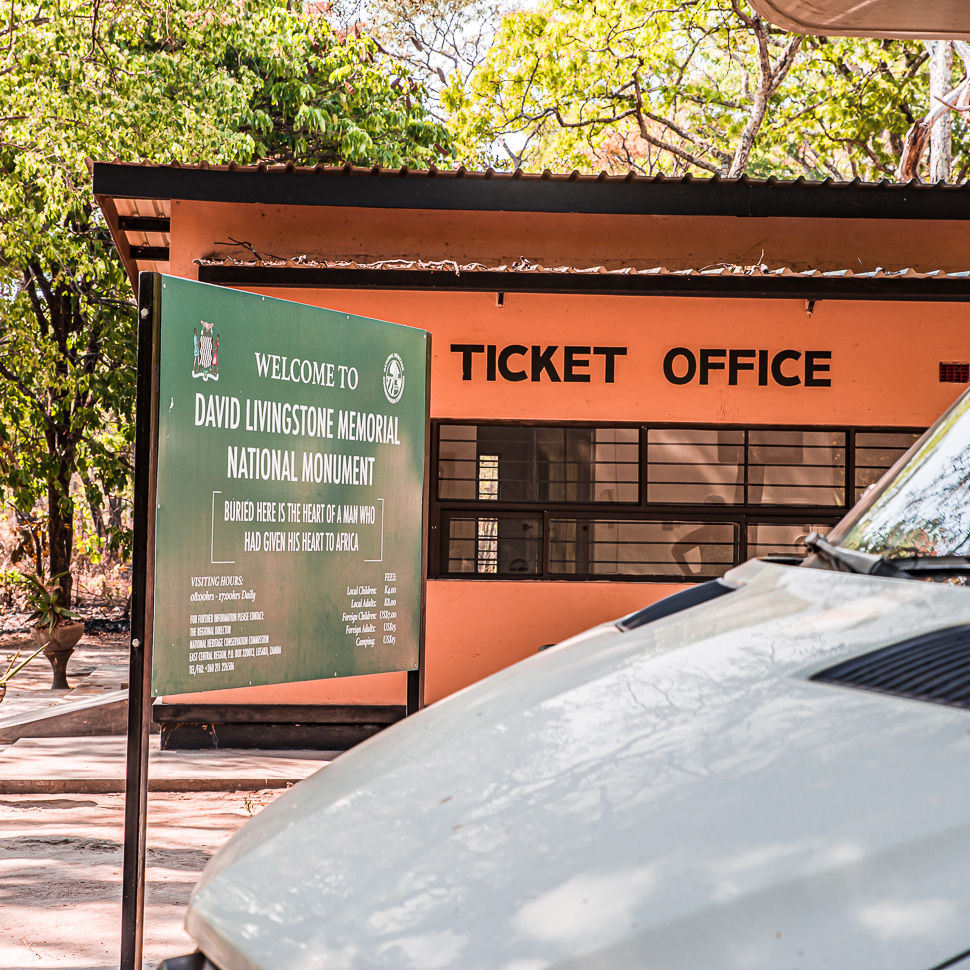
In 1866, the famous British missionary and explorer Dr. David Livingstone set off for what was to be his last African journey. In 1873, while attempting to map the rivers flowing into and out of the Bangweulu wetlands, he contracted dysentery and eventually died at age 60 in the village of Chief Chitambo in Zambia.
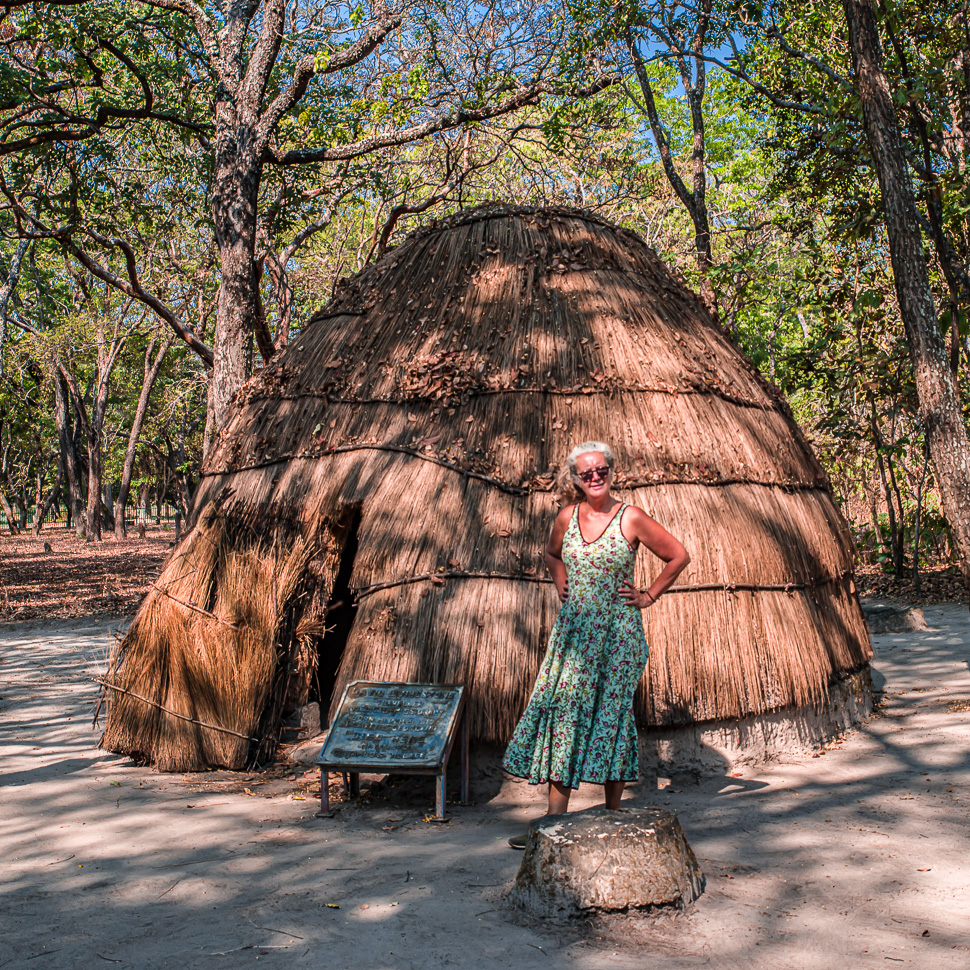
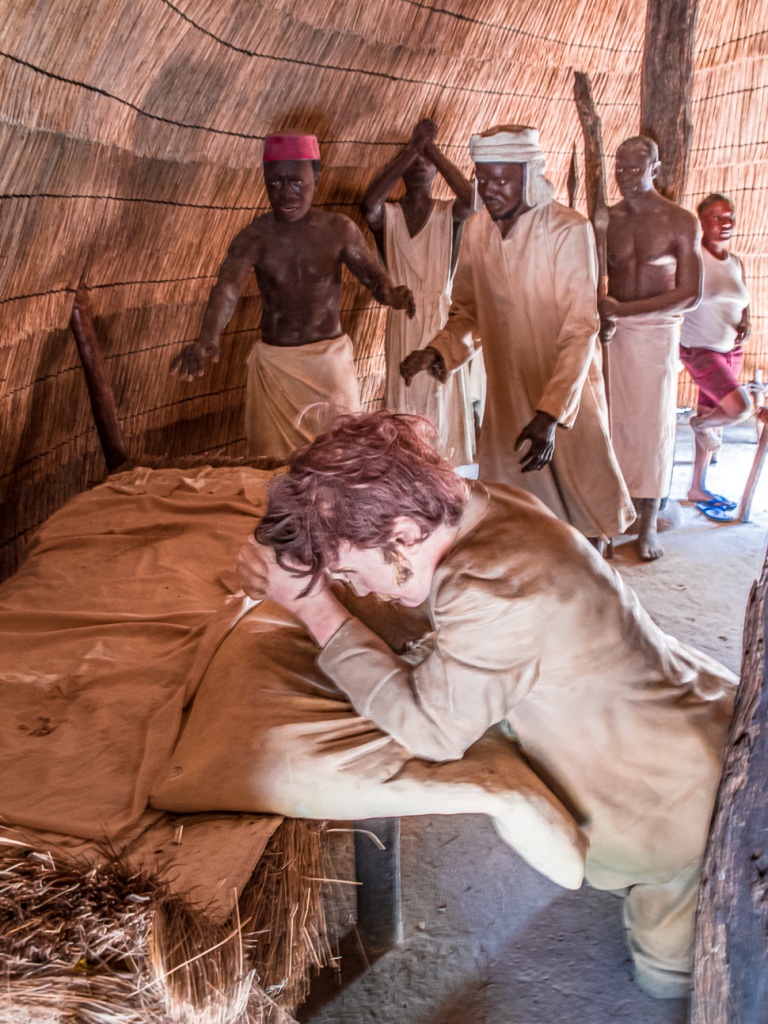
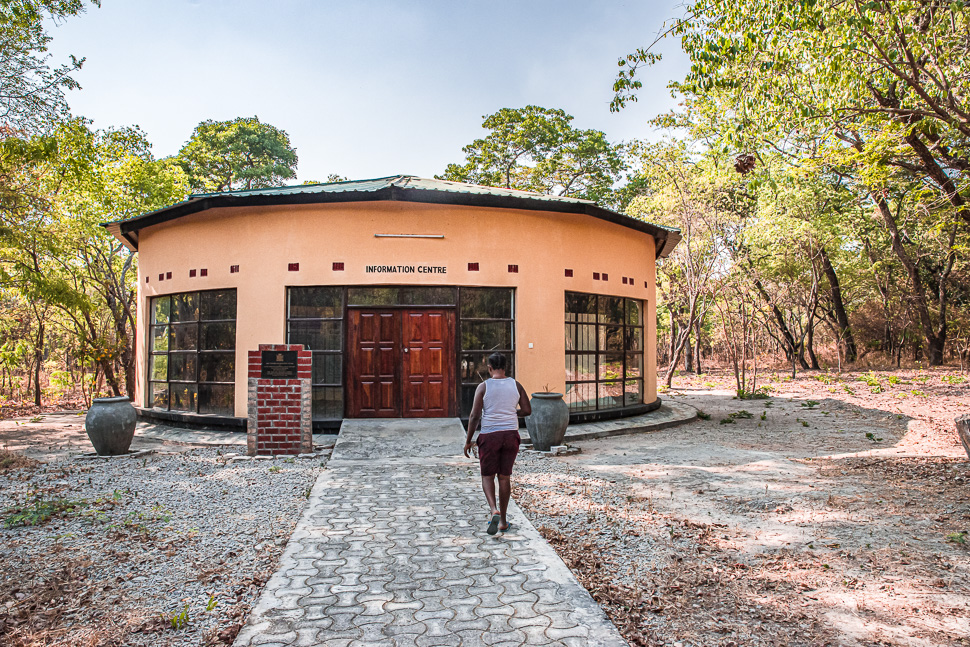
Death was not to be the end of the journey for Dr. Livingstone, however. His attendants, Chuma and Susi, wanted to return his body to his homeland in the UK. They removed his heart and viscera, smeared his body with salt, and allowed it to dry for 14 days in the sun. They then carried his body about 1,500 kilometres to the coast, from where it was transported back to England and eventually buried with national honours at Westminster Abbey in London.

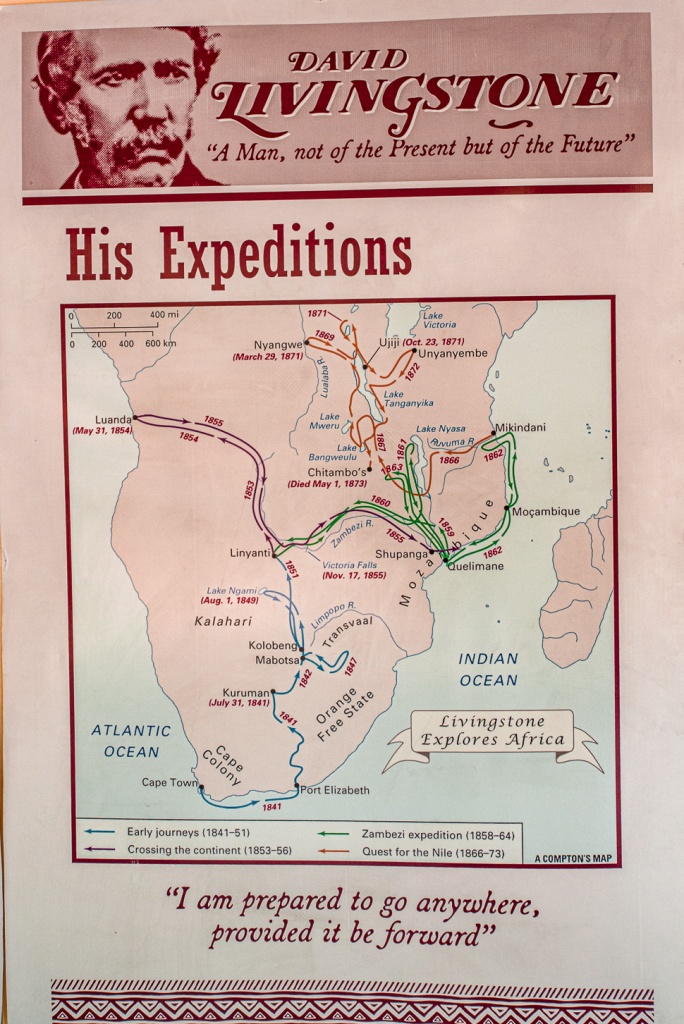
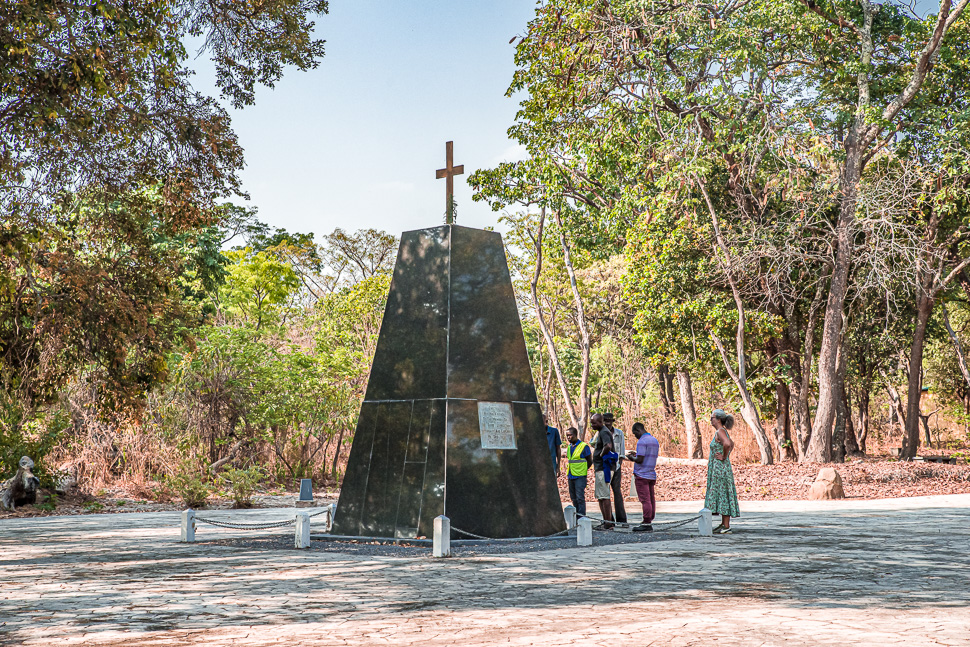
The spot where Dr. Livingstone’s heart and viscera were buried was originally marked by an inscription carved into a mvula tree. In 1899, the tree was cut down and the carving transported to the Royal Geographical Society in London. In 1902, a memorial was constructed on the burial site in the form of a stone obelisk with two brass plaques. Next to the memorial stands a mvula tree descended from the original tree that marked the spot.
We spent the night at the site and returned the next morning to the main road, 26 km of gravel with village huts on both side and many children, women and men walking and cycling along this road.
At the main road, it was not far back to reach the entrance to the Kansanka NP, our next destination. More on the following post!
